Didyma: The Temple of Apollo
A Marvel of Ancient Prophecy
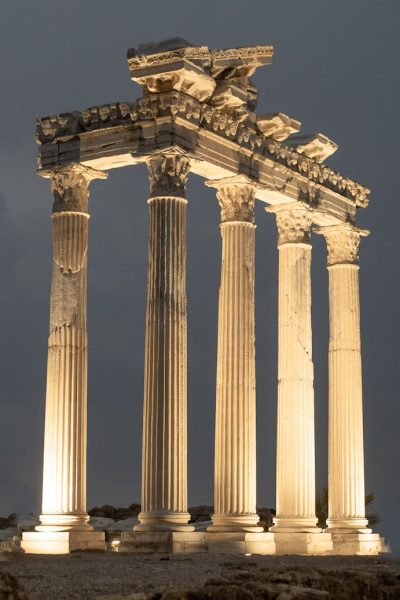
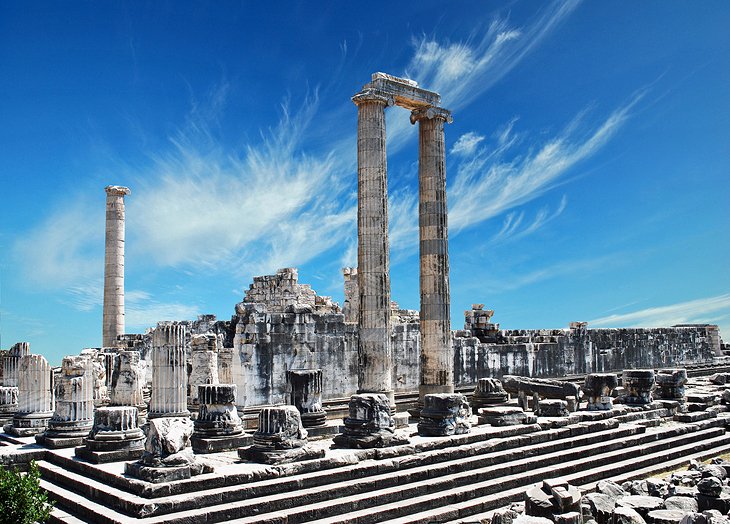
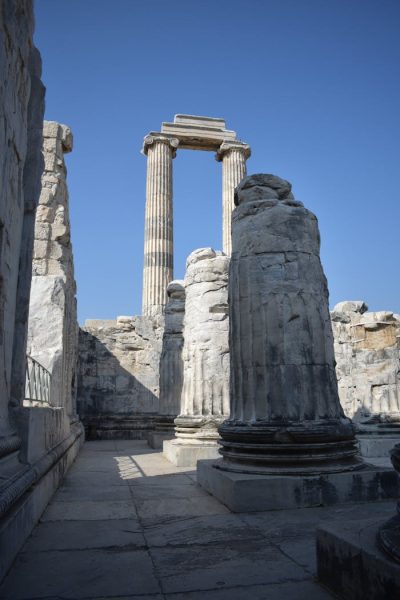
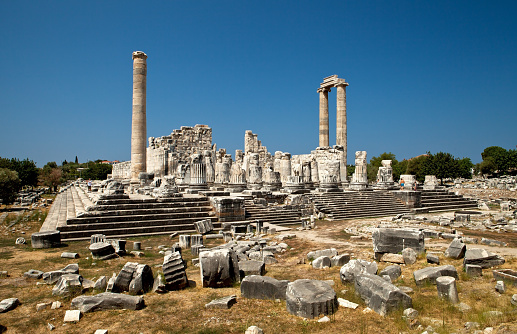
The Temple of Apollo at Didyma, located near modern-day Aydın, Turkey, stands as one of the best-preserved and most significant temples of antiquity. This grand temple, entirely unearthed during systematic excavations between 1906 and 1913, has been partially restored. During this first phase of exploration, a protective wall was erected around the temple area to preserve the architectural elements, although some had already lost their original purity over time.
The temple is designed in the dipteros style, characterized by a double row of columns encircling the structure. An unusual feature that sets it apart is the large, open courtyard within, which lacks a stone floor in its central section. Within this courtyard stood a naiskos—a small shrine or inner sanctuary. The uniqueness of this temple lies in its role as a center for prophecy, with its design centered on this sacred function. The monumental structure visible today, although never fully completed, began construction in the 4th century BCE.
Historically, the earlier version of the temple, dating back to the 6th century BCE, was already renowned across the region. However, this earlier structure met its demise at the hands of the Persians in the early 5th century BCE. Today, the foundations in the middle courtyard are remnants of this earlier temple. During the 5th and 6th centuries CE, a Christian basilica was erected on the site of the ancient naiskos, but this too was eventually destroyed by an earthquake, much like the fate of the temple itself.
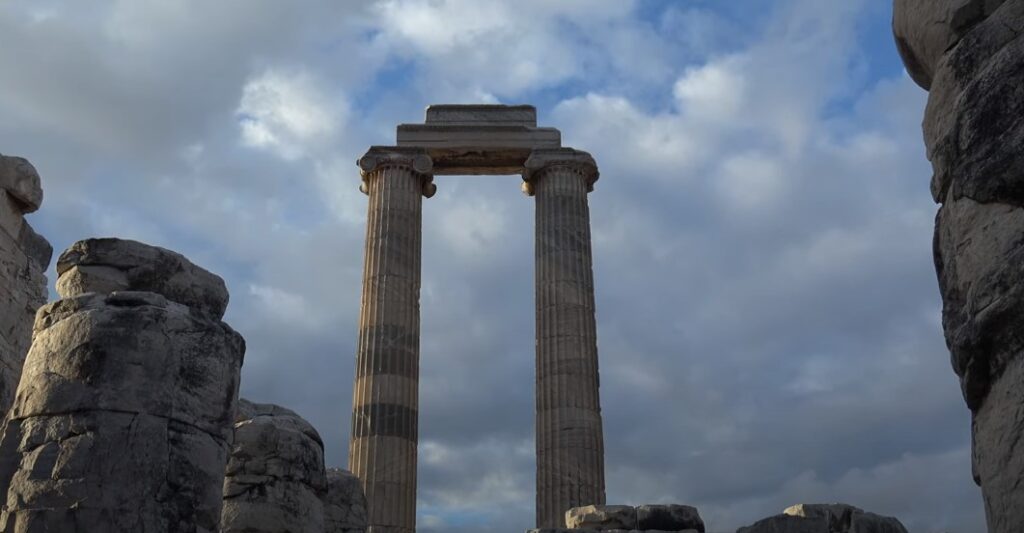
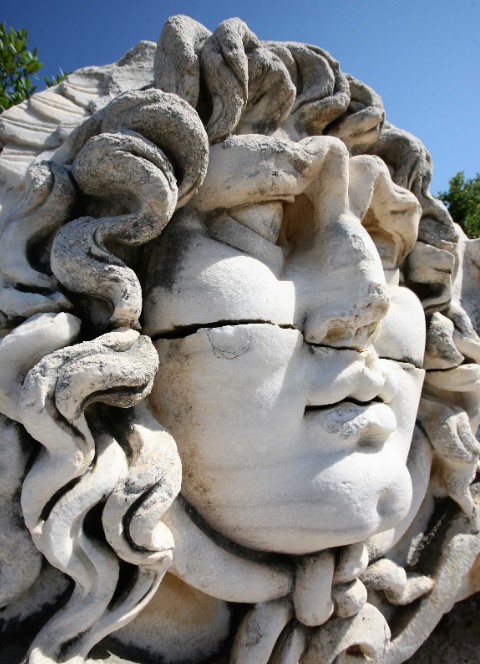
Adding to the temple’s mystique is its association with the myth of Medusa, one of the three Gorgon sisters in Greek mythology. Medusa, the only mortal among them, is infamous for her snake hair and the power to turn anyone who looked directly at her into stone. The Gorgons, which include Stheno and Euryale, were depicted with terrifying faces, embodying the concept of “gorgos,” a Greek word meaning “dreadful” or “horrifying.” Because of this belief, the head of Medusa was often carved onto shields, armor, and temple facades as a protective emblem. The Medusa head found at Didyma remains an iconic symbol, reminding visitors of the powerful myths that once surrounded this sacred place.